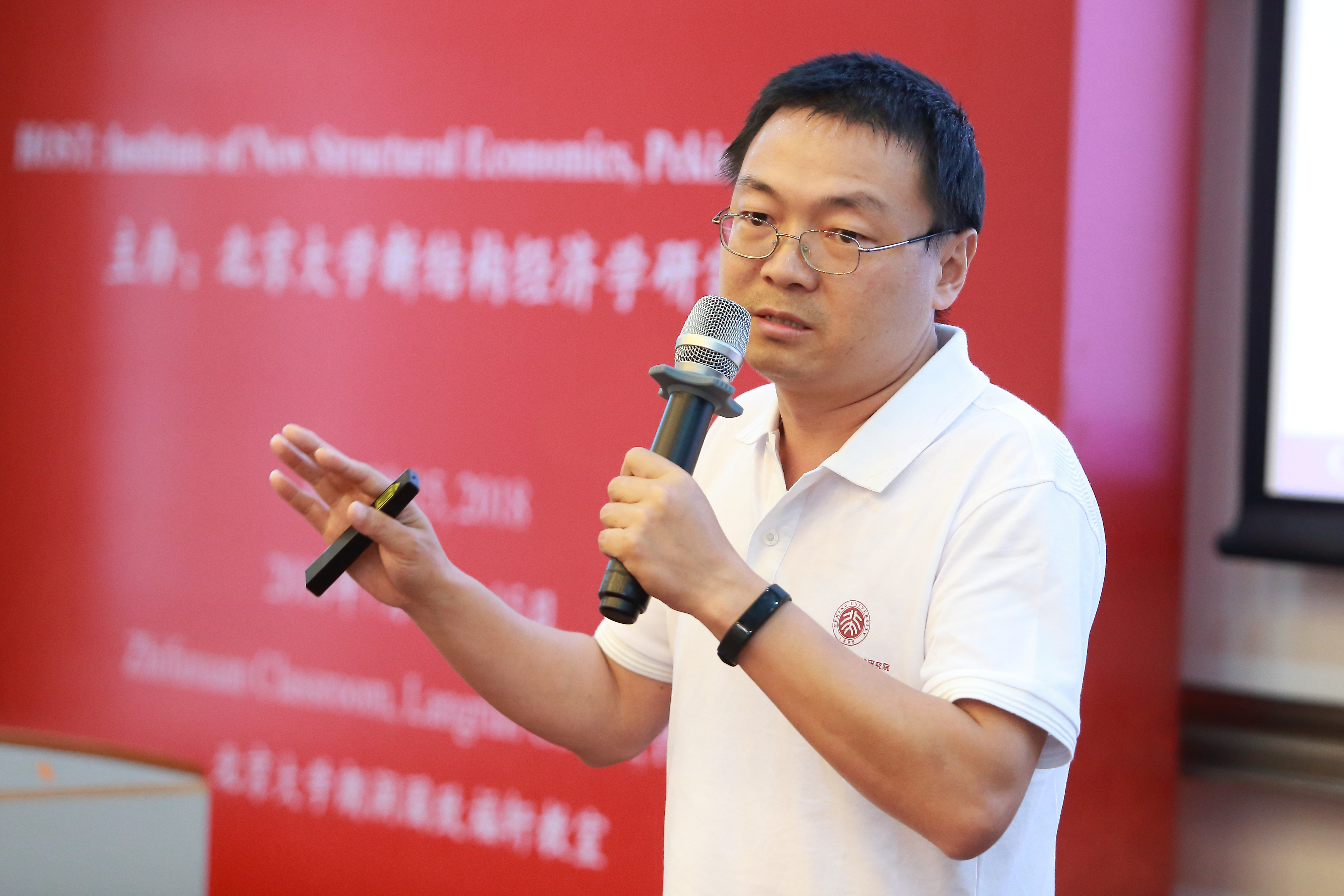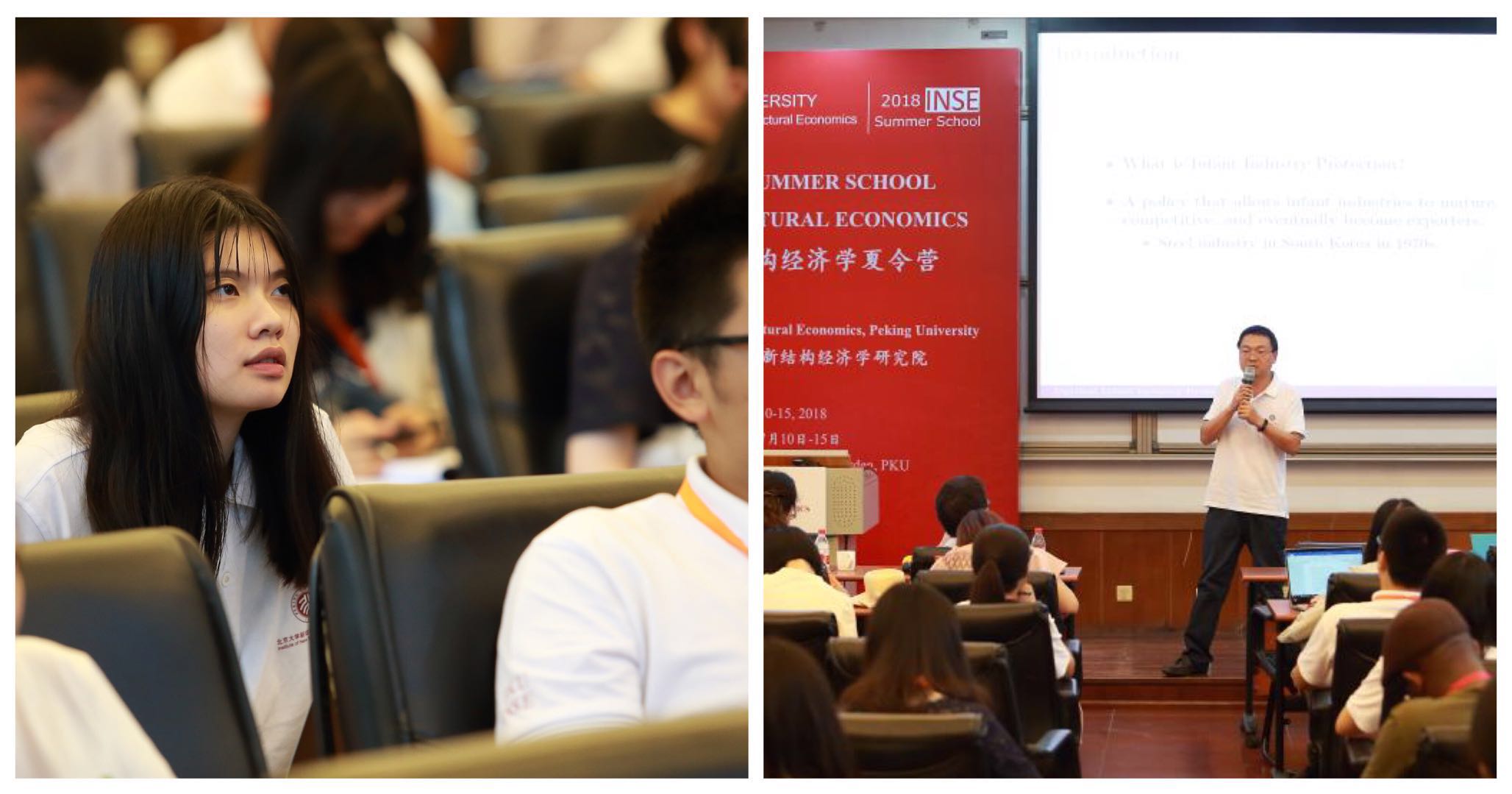Students﹀
【Fifth】Yuzhe Zhang: Optimal Infant Industry Protection
2018-07-17
Content introduction:
Keynote Lecture Brief

Speaker:Yuzhe Zhang(Associate Professor of Economics, Texas A&M University)
Topic:Optimal Infant Industry Protection
A large number of studies show that late-developing countries should protect their infant industries, but how to protect them is an open question. Prof. Zhang’s research focuses on how to measure the optimal protection of infant industries in a country. Prof. Zhang presents his views with a latest paper written by him and his coauthors.
Prof. Zhang defines the 'protection of infant industries' as a policy that allows emerging (infant) industries to mature, be competitive, and eventually become exporters. And he uses South Korea's protection of the steel industry in 1970s as an example. Unlike traditional research which only discusses whether the government should protect infant industries, Prof. Zhang’s paper focuses on how much protection should be given to infant industries. Simply put, they exploit the approach of mechanism design in to identify the optimal protection of infant industries, for which they build a dynamic model of infant industry protection. where a domestic firm has persistent private information about its cost. In particular, they assume the dynamic model in which the domestic firm has a linear cost function which initially has a positive marginal cost. The foreign firm produces at zero marginal cost. The government’s industrial policy consists of three elements. First, each period the government imposes a quota on foreign imports and provides a subsidy to the domestic firm that insures that the domestic firm produces a positive amount. Given that domestic output is positive, each period there is a positive probability that the domestic firm’s marginal cost transitions to the foreign marginal cost. This probability is an increasing function of domestic output. The second element of the policy is that once the domestic firm announces that it has achieved the zero marginal cost state the firm receives a one-time lump sum payment from the government. Finally, there is an endogenous cutoff date at which time the policy ends.
Then, they solve for the optimal policy and find that as time goes by and the domestic firm continues to report a high marginal cost, the quota is increasing over time and the subsidy is decreasing over time. In addition, the lump sum payment decreases over time and the policy ends essentially when the lump sum payment is zero. Under some conditions, the policy ends in finite time.
In summary,Prof. Zhang and his coauthors analyze how infant industry protection should be designed. And they use a mechanism design approach to deliver the optimal protection.

Written by: Xinze Li
Proofread by: Xueming Tang

